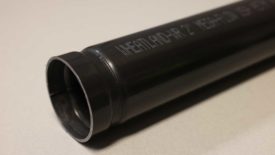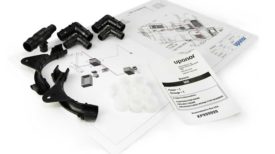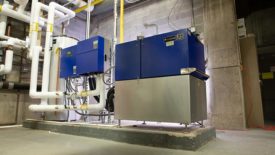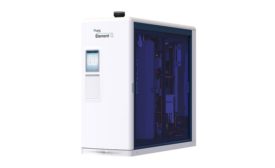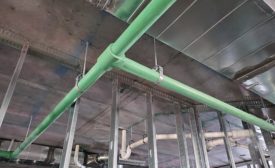Home » Keywords: » commercial buildings
Items Tagged with 'commercial buildings'
ARTICLES
The Push for greater sustainability
Environmental concerns drive manufacturers to find innovative, smart solutions.
March 23, 2022
James Dipping: Plumbing engineering for 2022: A call for water intelligence in the age of smart buildings
Current plumbing infrastructure designs put occupants at risk.
January 7, 2022
3 factors accelerating the commercial adoption of tankless water heaters
Key advantages and technology improvements make tankless an attractive solution.
December 20, 2021
Answering customer questions and myths about PEX
What engineers should know about PEX for hydronic piping applications.
December 15, 2021
PI: Pipe investigations
Forensic engineers inspect the cause of water damages caused by plumbing failures.
November 15, 2021
John Siegenthaler: Paying for heat
Heat metering presents a growing opportunity for hydronics professionals.
November 3, 2021
Leveraging polymer piping solutions to meet commercial demands
Why more professional commercial mechanical system designers are turning to PEX and PP-RCT for safe, efficient and economically viable solutions.
August 11, 2021
Get our new eMagazine delivered to your inbox every month.
Stay in the know on the latest plumbing, piping, hydronic and fire protection trends.
SUBSCRIBE TODAYCopyright ©2024. All Rights Reserved BNP Media.
Design, CMS, Hosting & Web Development :: ePublishing
